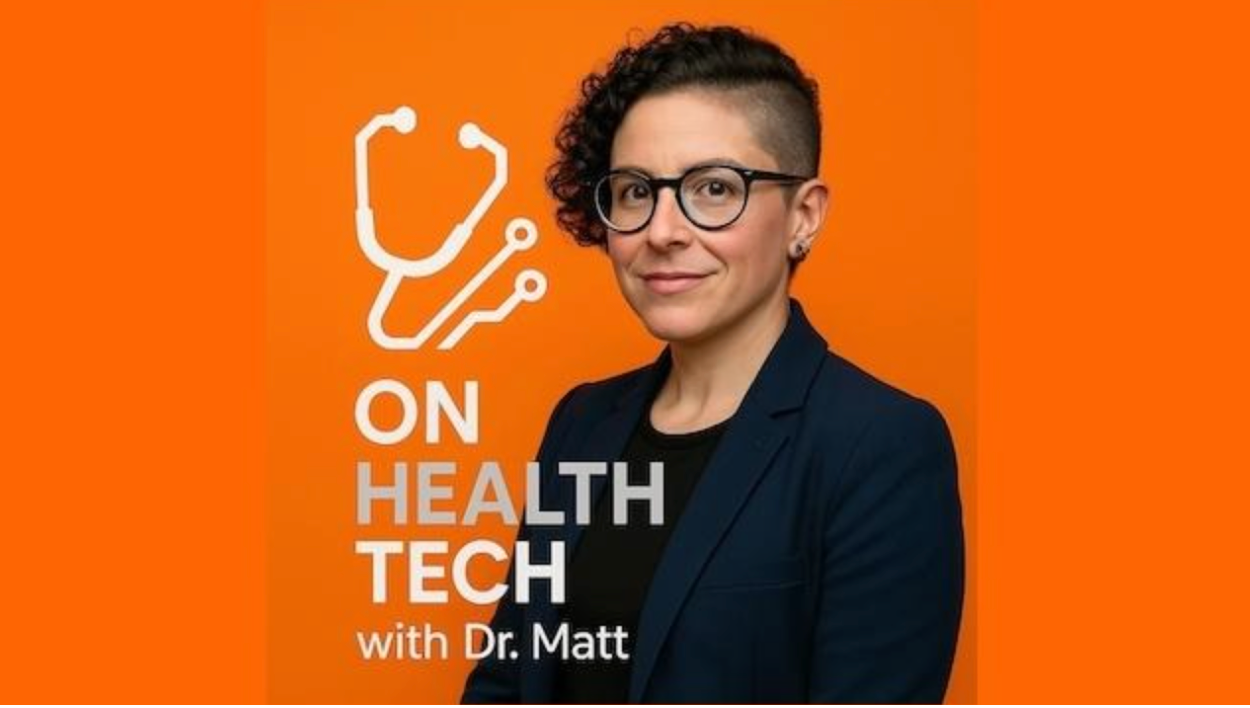Is Your "Personalized" Health Tech Actually One-Size-Fits-All?
Here at the MERGE Built '25 conference, "personalization" is the word on everyone's lips. We are celebrating a future of healthcare tailored to the individual, powered by data and AI. But as I prepare to take the stage later today for our panel, The New Health Consumer: Beyond the Algorithm, I'm focused on a critical flaw in our industry's strategy. Getting personalization wrong isn't just a missed opportunity; it's a waste of billions in R&D and a failure to engage the very people we claim to serve. The central question we must ask is: are we building for everyone, or just the people who build the tech?
The paradox is this: in our rush to personalize, we have defaulted to designing for a single user archetype, the digital native. It's the path of least resistance for product teams, who are often composed of a specific demographic. The result is a platform that feels intuitive for a 28-year-old but can feel alienating for their 68-year-old parent. It's like a world-class chef who, despite their talent, seasons every single dish with the same spice simply because it's their personal favorite. The quality is high, but it isn't truly personalized. This is a new and more insidious form of one-size-fits-all.
The On-Demand Generation: What Gen Z and Millennials Expect
For generations who grew up with a smartphone as a constant companion, life is on-demand. They view health not as a series of isolated clinical events, but as a core component of a holistic wellness lifestyle that integrates mental, physical, and even financial wellbeing....it's a journey. Engagement for them is the entire experience. They don't just want data; they want context, community, and coaching delivered through the same seamless interfaces they get from their favorite consumer apps. This is why data shows they are the most likely to switch providers for a better digital offering.
Building for them requires a mobile-first approach that feels authentic and integrated. But we must also consider their unique life stage. Many are navigating financial precarity, from student debt to the gig economy, which directly impacts their healthcare decisions and drives a search for value and cost transparency. True personalization for them might mean a platform that pairs mental health check-ins with their workout data, offers budget-friendly healthy meal plans, and clearly explains the cost of a recommended lab test. According to recent consumer insights, these digitally savvy generations value authenticity above all else and have a low tolerance for corporate jargon. Trust is earned with every interaction.
The Trust-First Generation: How Gen X and Baby Boomers Engage
The dynamic shifts for Gen X and Baby Boomers. As "digital immigrants," their adoption of technology is often pragmatic and purpose-driven. In healthcare, their primary trust anchor has almost always been the human relationship with a clinician, built over years of face-to-face interaction. Technology's role is to enhance that trusted relationship, not replace it. Concerns over data privacy and security are a significant barrier to adoption for this group, making it crucial to build tools that feel safe and reliable.
Personalization for these generations means clarity and confidence. They are not looking for streaks and leaderboards; they are looking for easy access to test results, simplified medication management, and clear communication with their care team. Many are managing chronic conditions, often on a fixed retirement income, so tools that help them navigate complex insurance benefits are invaluable. A successful feature is one that clearly explains their out-of-pocket spending and allows them to easily share their glucose readings directly with their endocrinologist's office. Their confidence in digital health tools is directly linked to the confidence they have in their provider, making the clinician's endorsement critical.
The Blueprint for a Generational Bridge
The path forward is not to pick a winning generation, but to build a generational bridge using "Adaptive Design." This is about more than just choice; it is about creating systems that intelligently default to a user's likely preference while still allowing for deep customization. The blueprint for this includes:
- Adaptive Onboarding: The very first interaction should ask users how they prefer to be contacted and how much detail they want to see, setting the right tone from day one.
- Flexible Interfaces: A platform should offer both a "Simple Mode" with only core information and an "Advanced Mode" for deep data dives, allowing users to choose the complexity they are comfortable with.
- Multi-Channel Support: Engagement cannot be one-dimensional. A robust system needs a spectrum of support, from an AI-powered chatbot for quick questions to a clearly displayed phone number for users who want to speak to a human.
This is just a quick glimpse of the themes of the panel discussion today at MERGE Built '25. The companies that win won't just have the best algorithm; they will have the deepest empathy. A generational lens is the missing ingredient for unlocking the true promise of personalization.
For the latest and greatest the MERGE full report, with comprehensive data, drops later today. Be the first to see it by watching my social channels this afternoon for the announcement.
-Dr. Matt
Dr. Matt believes technology can erase the borders that limit access to care. This vision is the heart of her book,
The Borderless Healthcare Revolution. Join her in building this future by visiting
drsarahmatt.com to learn more and get your copy.




